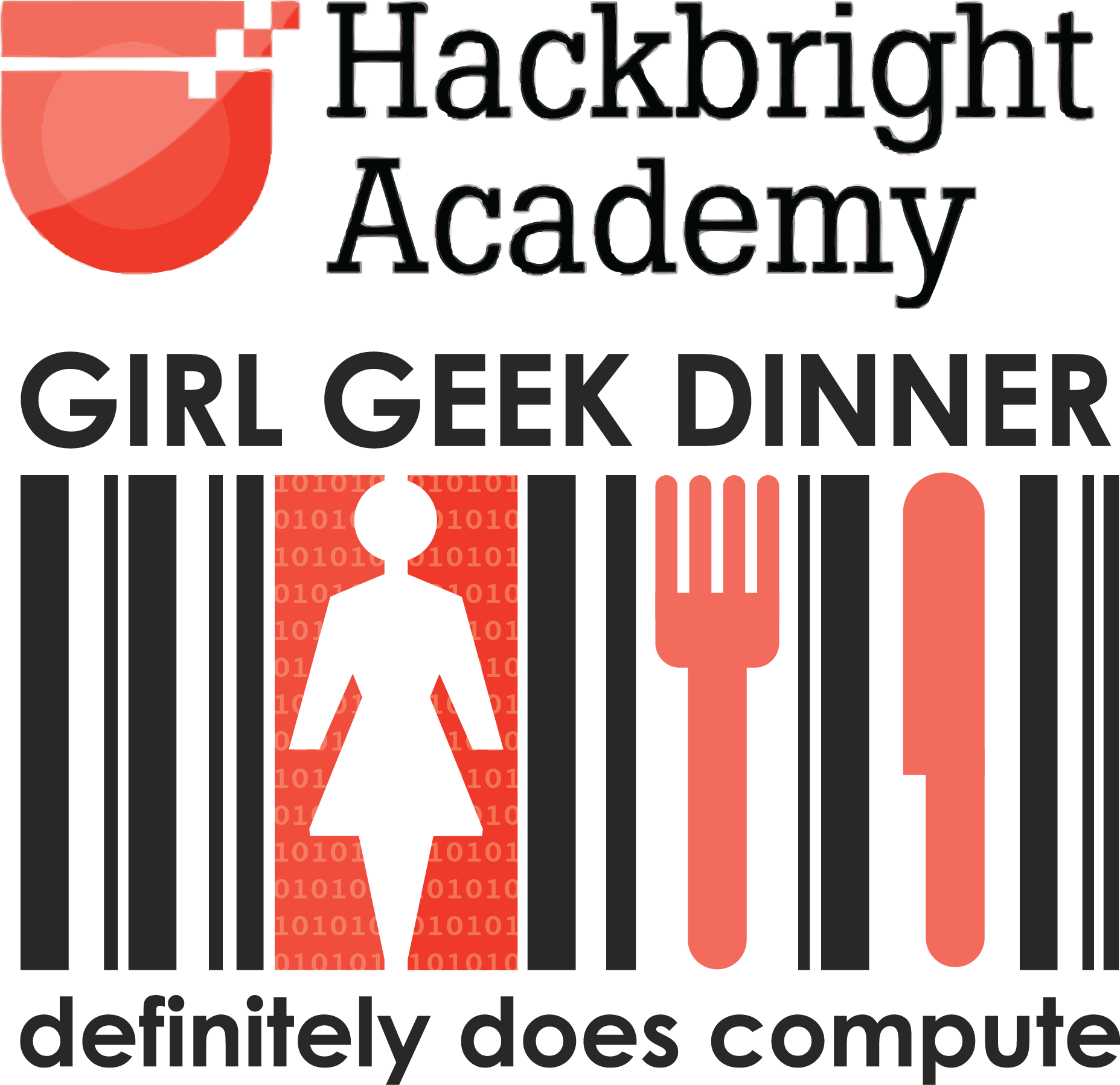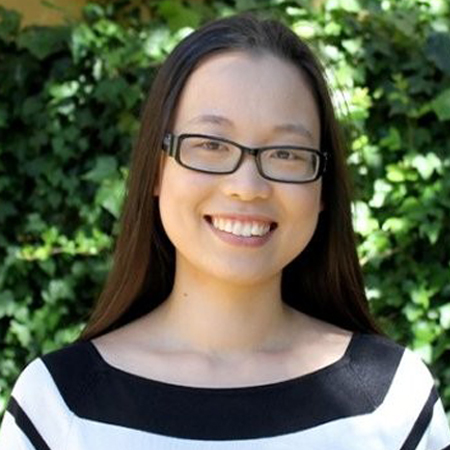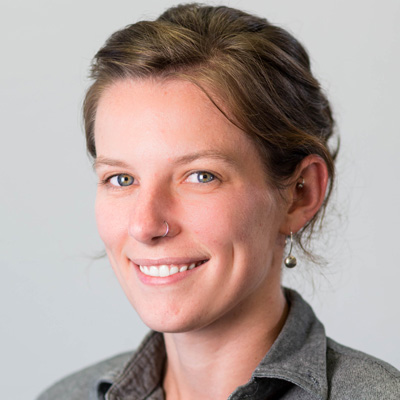Hackbright Academy Girl Geek Dinner 2013
On Wednesday, August 21st, 2013, join us for dinner, drinks and schwag at the Hackbright Girl Geek Dinner at Pivotal Labs in downtown San Francisco. Mix and mingle with fellow girl geeks, developers, hackers and more! Hackbright Academy instructors Cynthia Dueltgen and Liz Howard will talk about being the only woman in the room, and the CAP Theorem. Versal software engineer Kelley Robinson will share insights from working post-Hackbright Academy. Current Hackbright students will demo their engineering projects built in the course of the 10-week program.
Aimee’s Hackbright project:
Menu Scout is a web app that allows users to explore 150 years of culinary history via data from the New York Public Library’s “What’s on the Menu?” project. The short version: NYPL is digitizing their collection of 45,000+ historical restaurant menus, putting the scans on their web site, and asking the food-loving public to help provide text transcriptions. All the transcriptions completed to date are available for download. It’s a fascinating, but messy, data set. On the back end, Menu Scout uses data analysis and natural language processing techniques to provide users with new ways to search and browse this unique historical resource. Menu Scout was built using Python, Postgres, SQLAlchemy, Redis, NLTK, Flask and Bootstrap.
Cara’s Hackbright project:
Rootkit is an experimental linux kernel module with an integrated key logger as proof of concept. Communication with the rootkit and key logger is handled by the built-in IRC bot. Features: Toggle keylogger on/off; Print keyboard input log; Show/hide process ids; Show/hide files; Show/hide the rootkit. Requirements: Linux “vanilla” Kernel >= 2.6.29 − tested up to 3.6
Eva’s Hackbright project:
Your Personal Programmer (Version 0.1) – As programmers, why do we spend all our time programming when we can program a program that can program? Here’s where your personal programmer comes in. Just give it some inputs and test cases, grab a coffee, and a shiny new program will be waiting for you. And if you do end up hiring me in the long run, you get two programmers for the price of one. In version 0.1, it knows the x86 assembly language. It takes in string, int, float or boolean values (no lists or dictionaries yet) for inputs and test cases and outputs assembly code that were processed through genetic algorithms. Tools used: Python, Deap.
Jessica’s Hackbright project:
Nigeria has had random and constant power outages. As such, most Nigerians become accustomed to having a backup generator to power their homes whenever NEPA(National Electric Power Authority) whimsically decided to cut off the electricity. Having backup generators means that a lot of money is spent on gas and diesel. It gets worse! There’s no way to tell when the power is restored so generators are kept running, consuming fuel and people are still required to pay for the power they are not using. UpNEPA! is a hardware + software system that senses when power is being supplied and notifies the user via text message of this event. Users can also login to their accounts online and monitor their power consumption over periods of time and also recent power events. Hardware: Arduino, CT Sensor. Software: Python (including pyserial), C, Flask, SQL, HTML, JavaScript (rickshaw.js, jQuery plugins), CSS, Jinja.
Kate’s Hackbright project:
Web History is a web app that calculates and displays historical analysis of how HTML tag usage has changed over time. Web History was built with Python using the Flask framework. Postgresql and Redis are used to store and access the data. On the front end, Web History uses jQuery, Bootstrap, and Rickshaw.js. The historical website data is taken from the Internet Archive’s Wayback machine data.
Katherine’s Hackbright project:
Dynamite is a distributed NoSQL database engine written in Scala. Dynamite uses Akka actors to accomodate any number of concurrent clients and servers. Clients communicate via TCP with a main node, which distributes and retrieves key-value pairs from the other servers using MurmurHash 3 and a hand-coded consistent hashing algorithm. The main node also accepts and maintains TCP connections with Dynamite’s network of servers; when a new server is added to the network, the main node assigns that server a range of hash values and initiates a migration of existing key-value pairs accordingly. New servers are processed in the order they are added, using a concurrent linked queue.
Melissa’s Hackbright project:
Kudos! is designed for internal employee recognition. This Flask web app creates a central place where employees can thank other employees for their hard work. Imagine a site where you will see “Thanks Josh for designing the stickers for the conference!” or “Who organized our delicious team dinner last night?” Other employees can tag the appropriate people to make sure they get credit, allowing all employees to get recognition for their contributions rather than just the team leads, creating more positive feedback loops.
Rebecca’s Hackbright project:
When Google “sunsetted” google reader in July, Rebecca built her own RSS reader to replace the beloved Google Reader. The current version of the R squared S squared Reader shows all your blog streams chronologically, allows you to add and remove new feeds automatically, updates your feeds with the latest posts in real time and gives you options to customize your homepage color scheme and feeds displayed. R squared S squared uses Python, Flask, Jinja, WTforms, SQLAlchemy, Javascript, CSS and HTML.
Riya’s Hackbright project:
Laundré helps you stay on top of your laundry. Laundré displays which machines are in-use in a laundry room based on data received from sensors. The web app lists the closest five laundry locations to the user based on longitude and latitude calculations. Laundré also alerts users x minutes before a machine will be available/load will be done and when a machine is available/load is completed. Software: Python, Flask, JavaScript, SQLite, HTML, CSS. Hardware: Arduino and vibration sensor.
Speakers
COMPANY
Hackbright Academy is the leading engineering school for women with a mission to increase female representation in tech through education, mentorship and community. The school has a 12-week accelerated software development program designed to help women become software engineers.



























